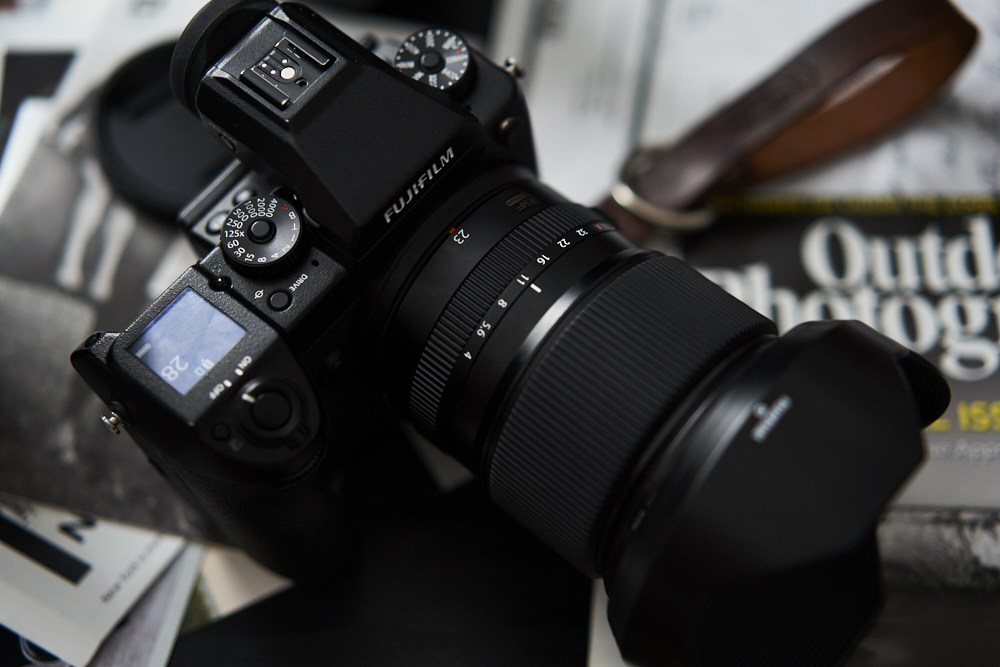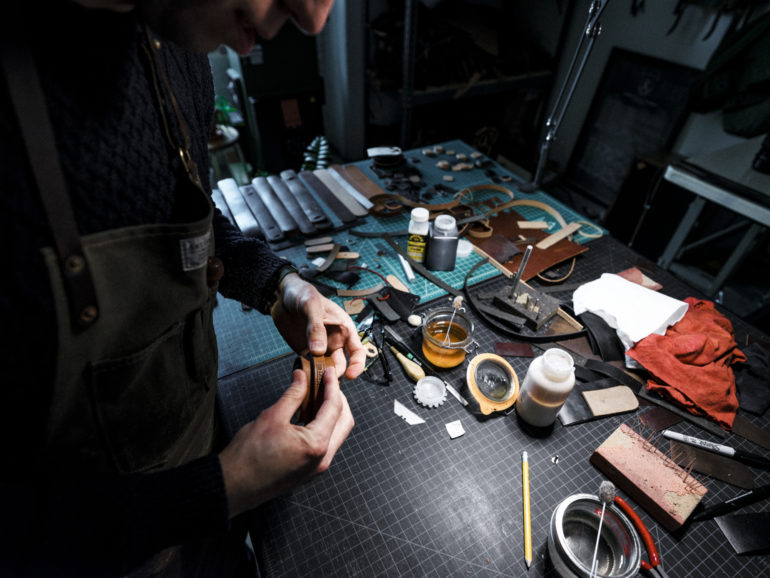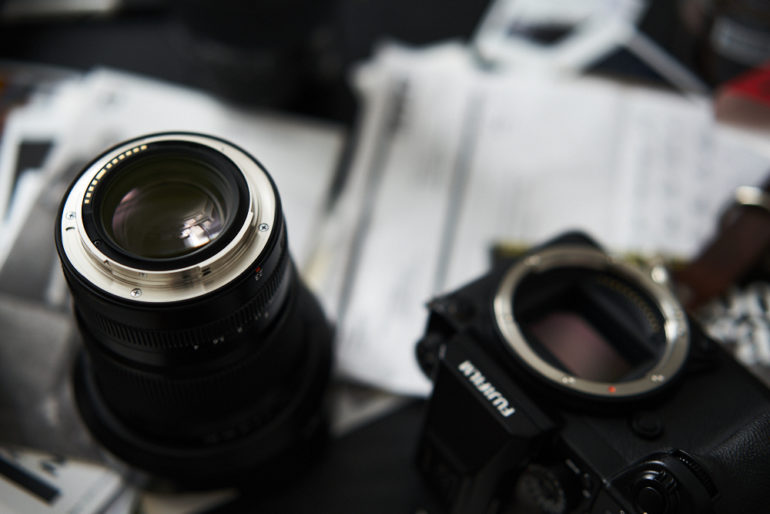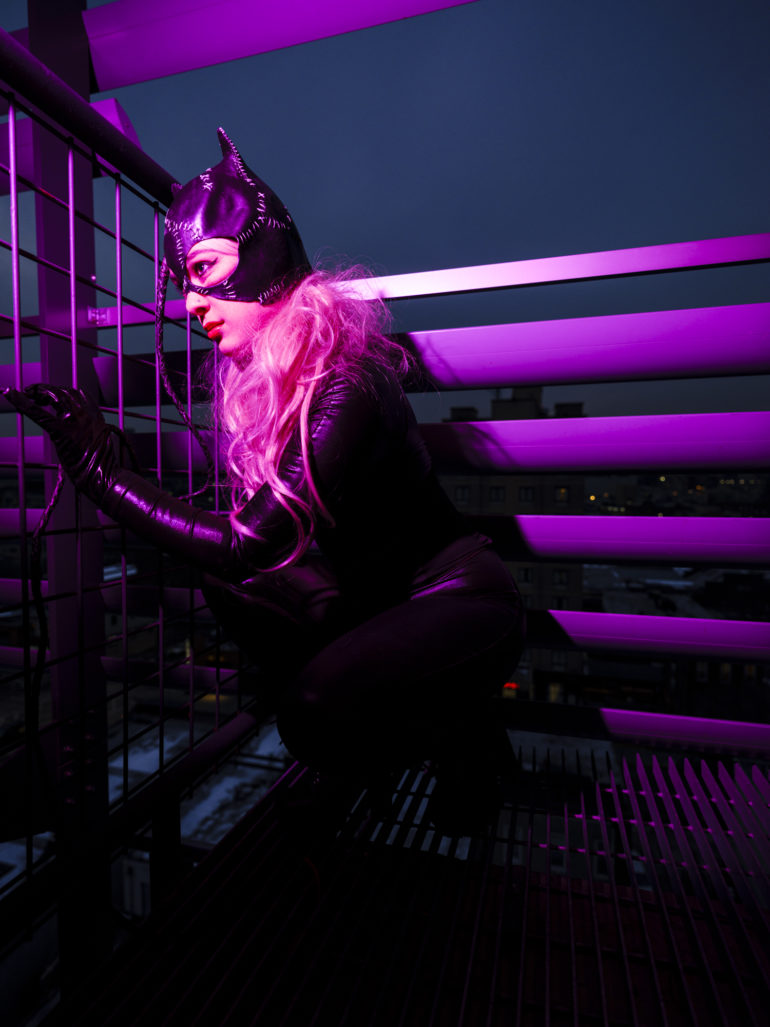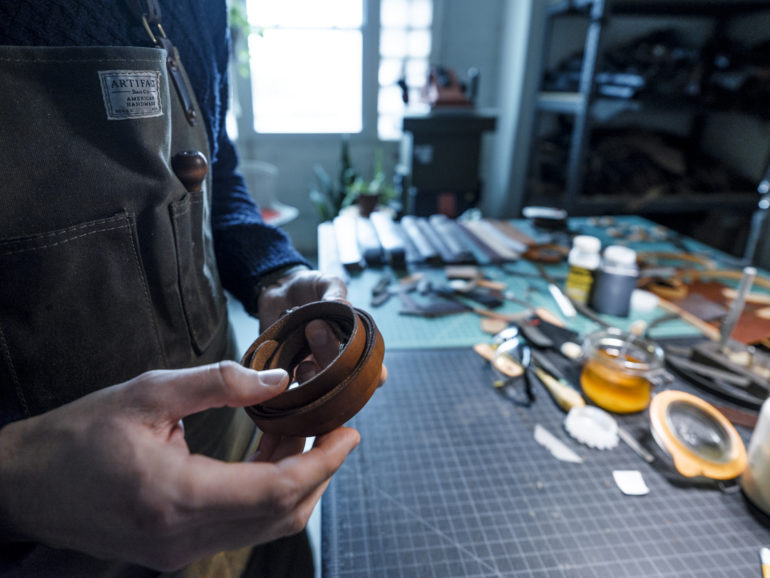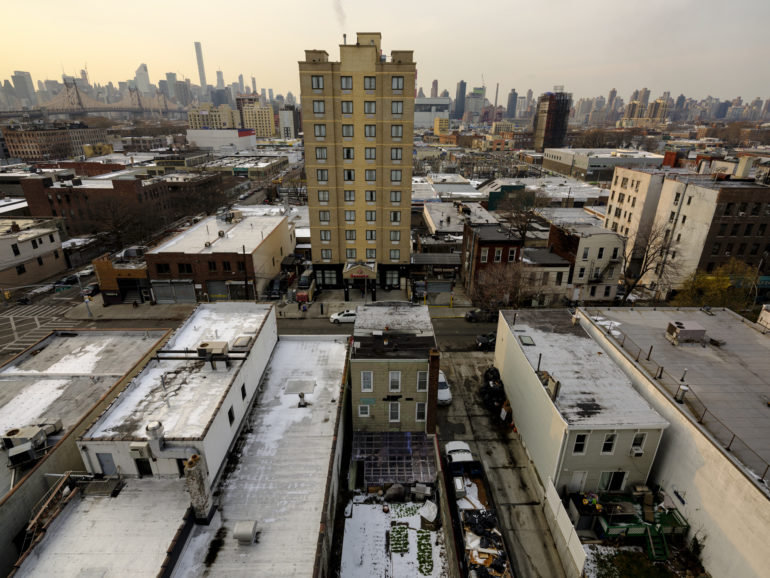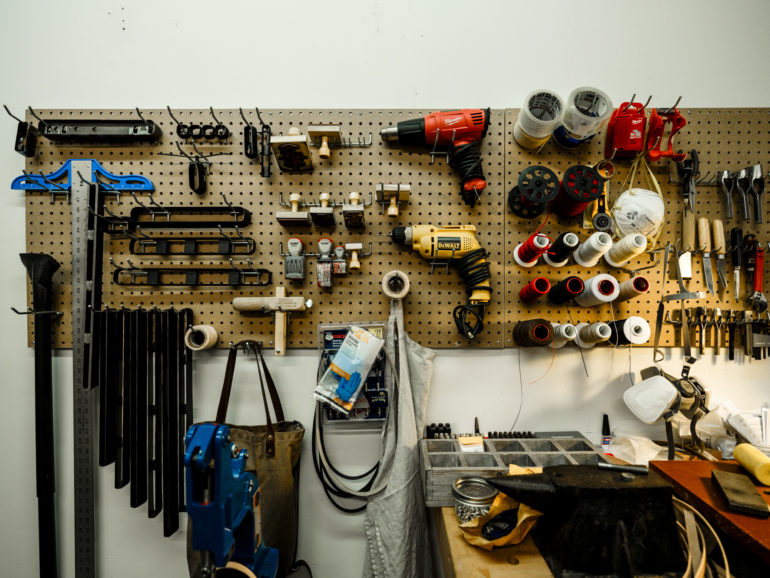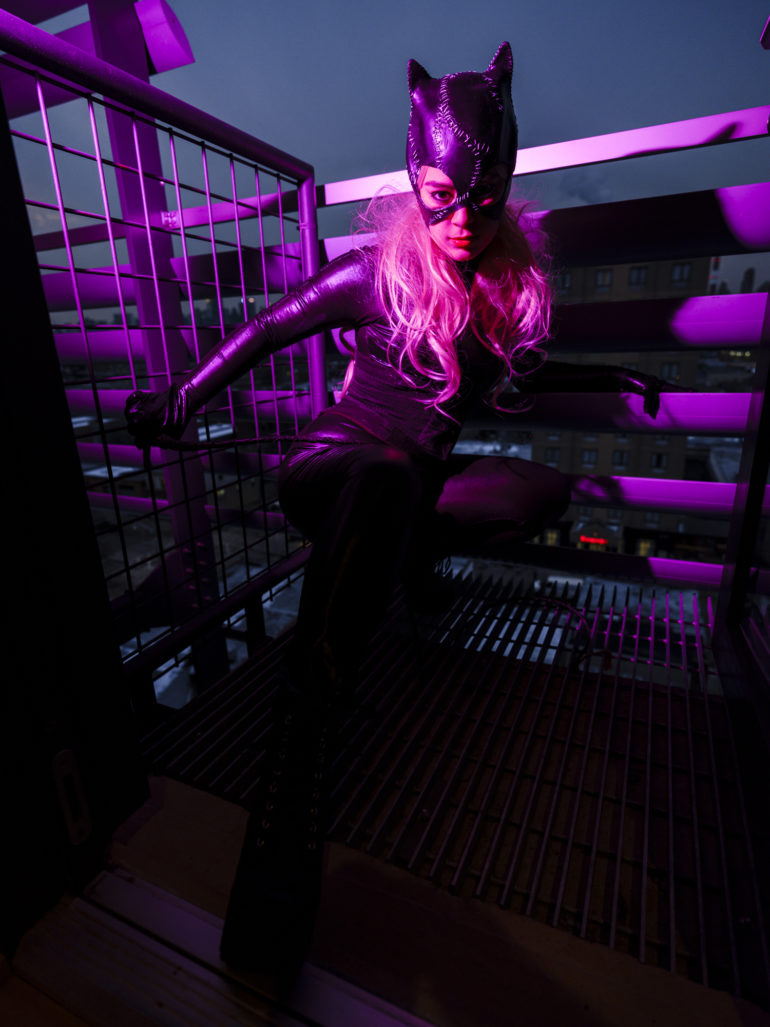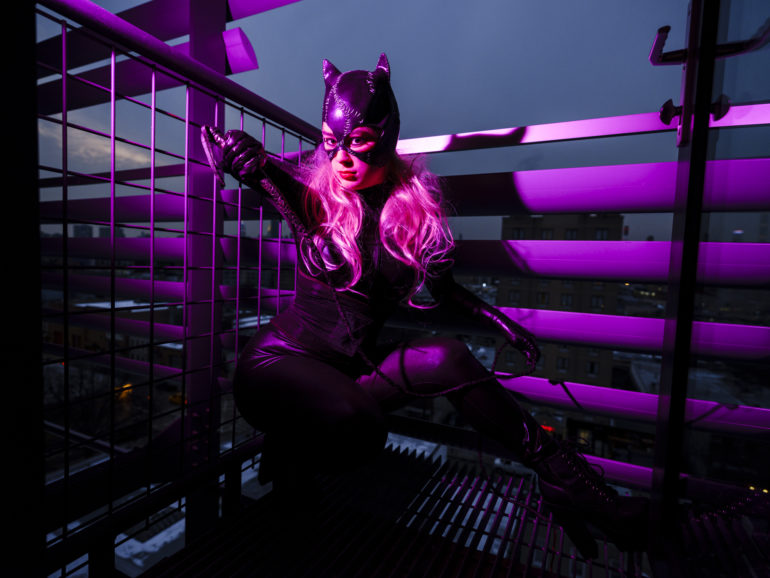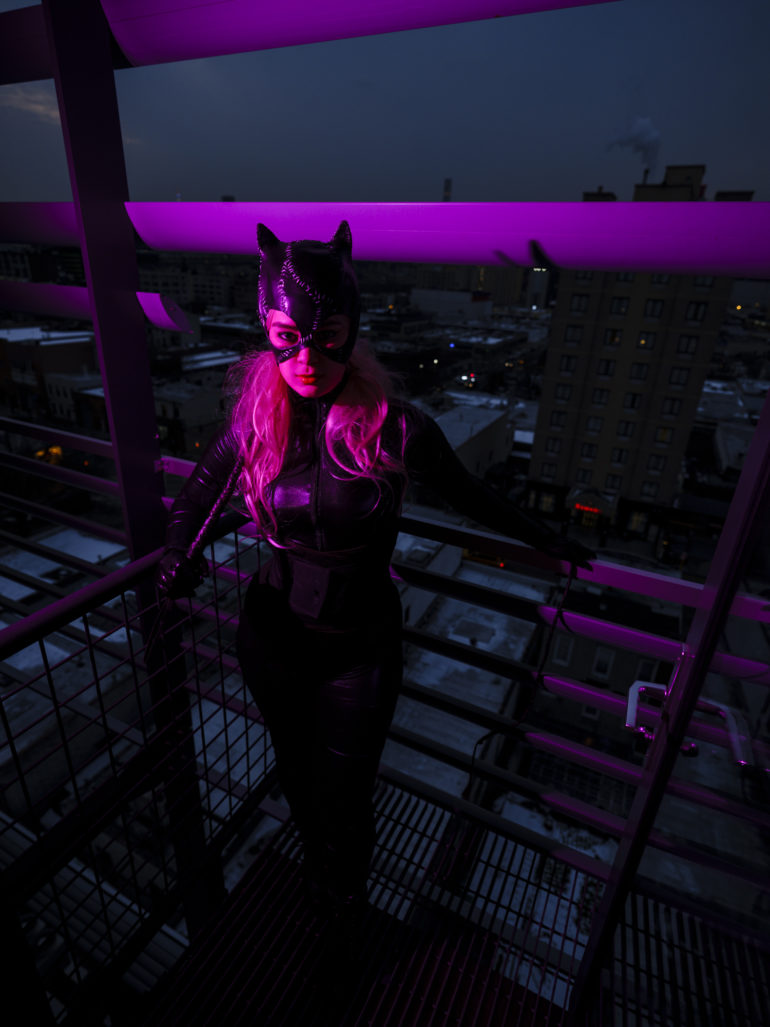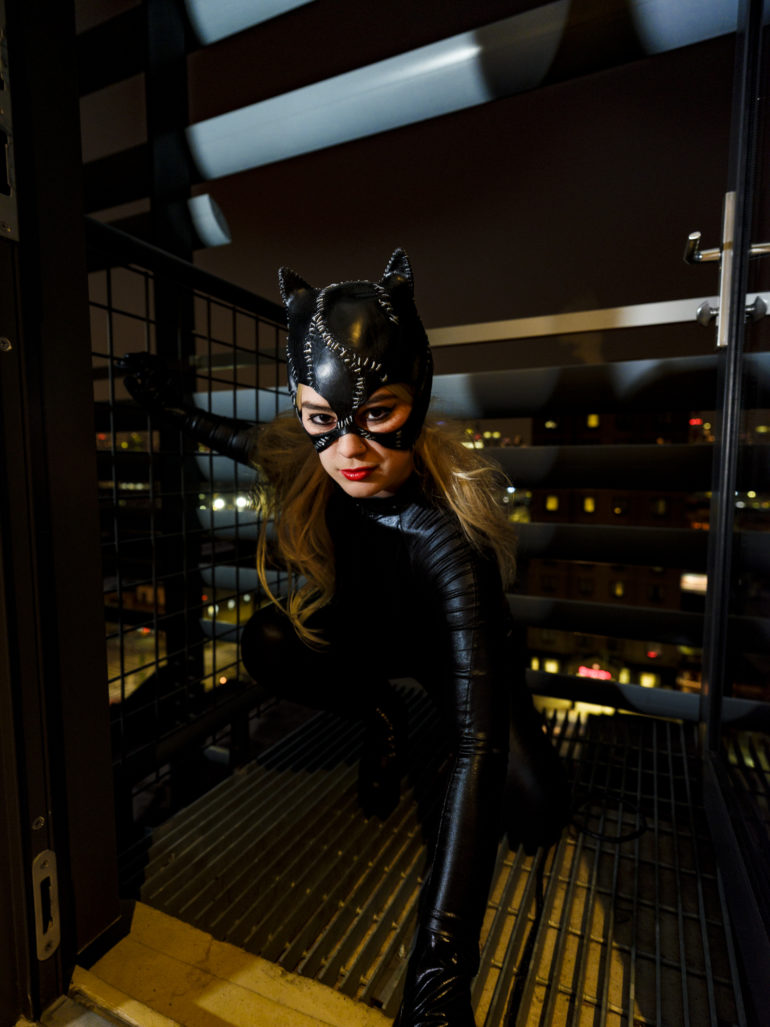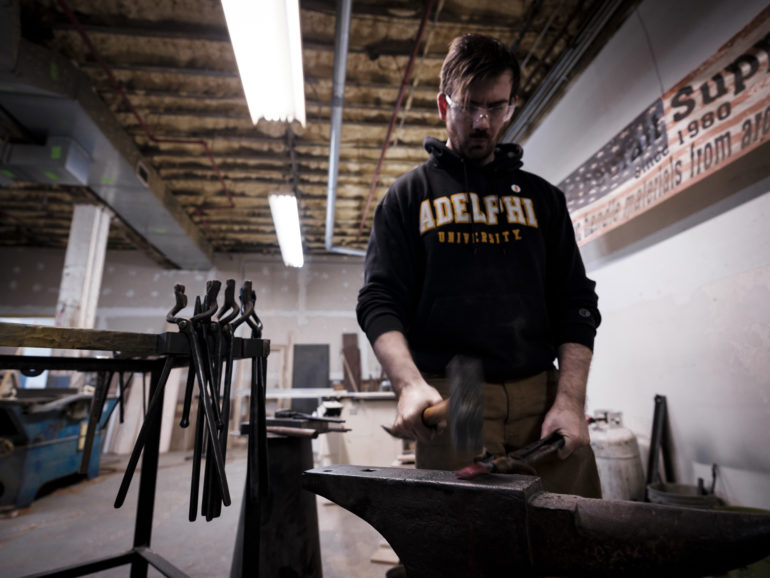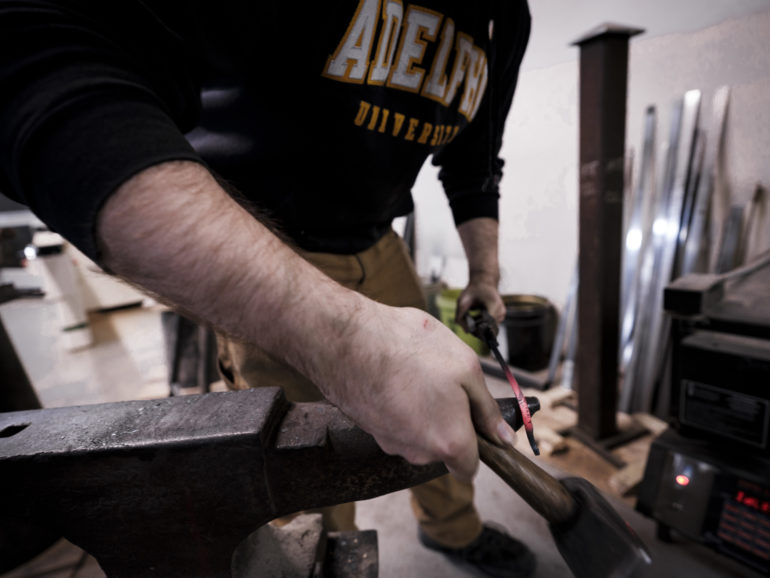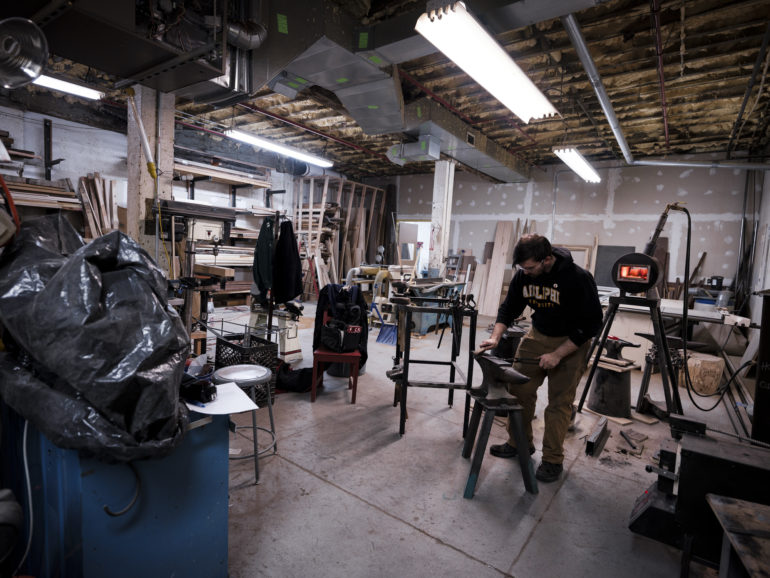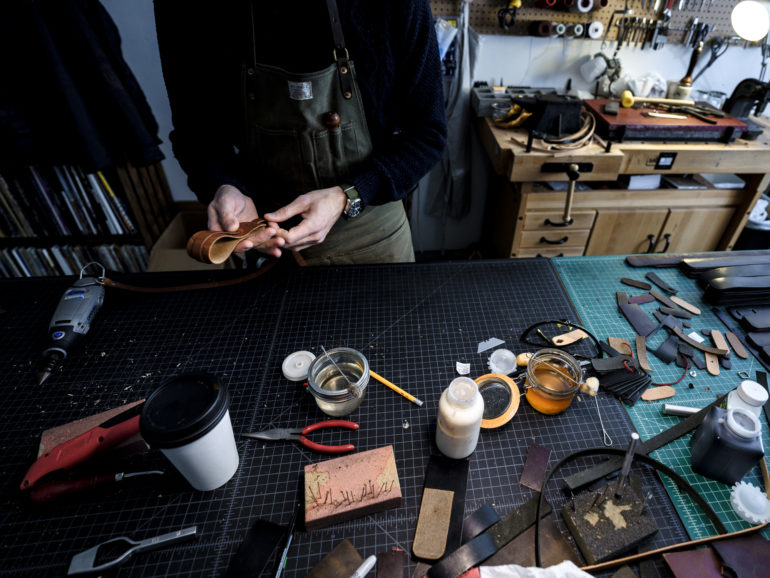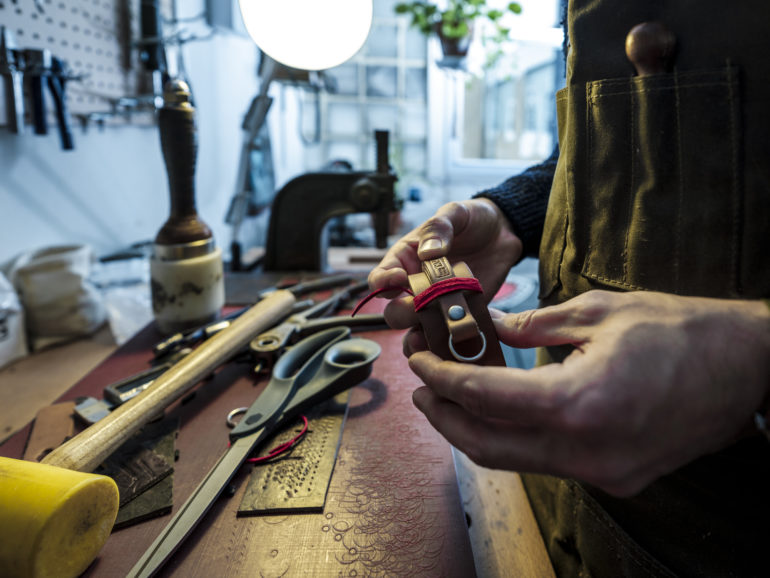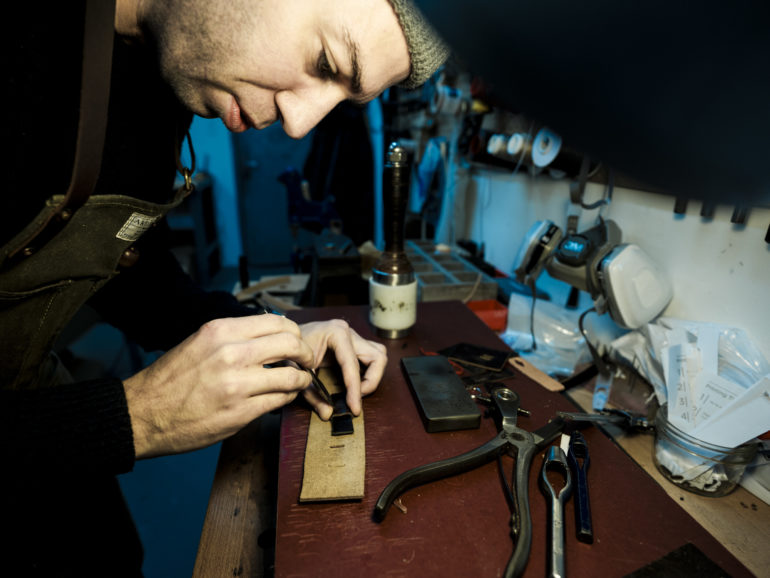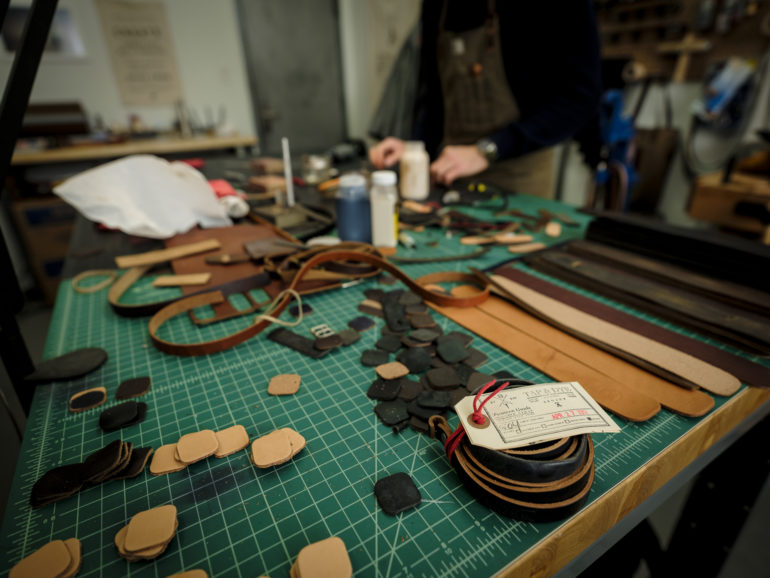Last Updated on 12/05/2018 by Mark Beckenbach
The Fujifilm GF 23mm F4 R WR is a really wide angle lens that can make so many scenes look fantastic.
There’s something about the Fujifilm GF 23mm F4 R WR that can only be described as majestic; it delivers a big, grand, wide view of the world but it also has a very classic documentary look and feel to it that I think is going to be valued by adventure and documentary photographers who choose the Fujifilm GF system. The combination of solid image quality and weather sealing will give this 18mm f3 full frame 35mm equivalent lens quite an edge when it comes to ensuring that all the elements of a story are there. Of course, this is a slow lens. So if you’re shooting images with it in a documentary setting you’re going to want to ensure that you’ve got enough lighting. To date, it’s the Fujifilm GF system’s chunkiest lens. But it’s also a prime option that feels great in the hand.
Pros and Cons
Pros
- Nice image quality
- It’s a super wide angle lens without the distortion of one.
- Yes, it can still deliver bokeh
- Focuses really close
- A very documentary feel to the images that is fantastic
Cons
- The Fujifilm GF system is a bit slow for real run and gun documentary work. But you can still get it done to a certain point.
Gear Used
The Fujifilm GF 23mm F4 R WR was used with the Fujifilm GFX 50s and Flashpoint lighting.
Tech Specs
These are the official specifications for the Fujifilm GF 23mm F4 lens as posted on Fujifilm’s website.
| Type | GF23mmF4 R LM WR |
| Lens configuration | 15 elements 12 groups (includes 2 aspherical ,1 Super ED , 3ED elements) |
| Focal length (35mm format equivalent) | f=23mm (18mm) |
| Angle of view | 99.9° |
| Max. aperture | F4 |
| Min. aperture | F32 |
| Aperture control | · Number of blades: 9(rounded diaphragm opening)· Step size: 1/3EV (19 steps) |
| Focus range | 38cm – ∞ |
| Max. magnification | 0.09x |
| External dimensions : Diameter x Length* (approx.) * distance from camera lens mount flange |
ø89.8mm x 103.0mm |
| Weight* (approx.) *excluding caps and hoods |
845g |
| Filter size | ø82mm |
| Accessories included | Lens cap FLCP-82 Lens rear cap RLCP-002 Lens hood Lens pouch |
Ergonomics
Taken from our first impressions post
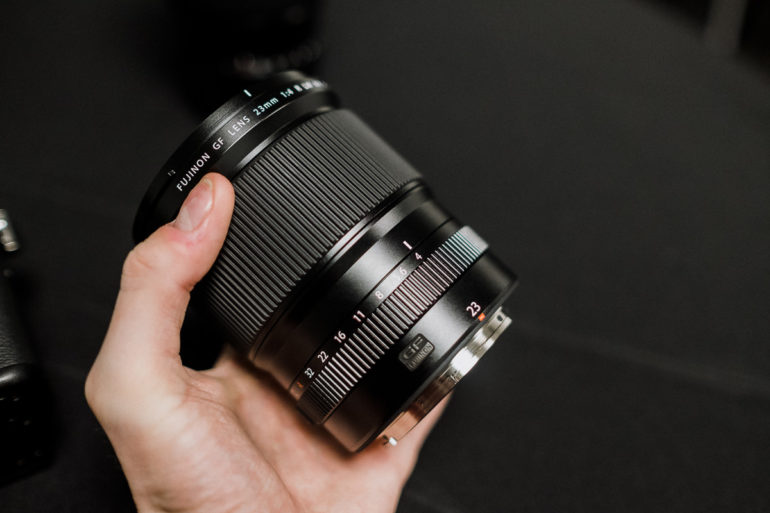
This is a medium format lens, and it’s rather large. However, if you are considering this lens then you should really be expecting that coming into the purchase. The GF 23mm F4 features an 82mm filter thread at the front of the lens, which allows you to make use of standard threaded lens filters like those that you may already use on your full frame DSLR lenses.
The lens has a large focusing ring at the front before Fujifilm’s standard aperture ring at the base of the lens. The focusing ring turns smoothly and has a good amount of resistance, which is great because it allows you to manually focus smoothly and accurately without being jumpy due to inconsistent focusing speed.
If you have ever used an XF lens for the X-Series then this lens will feel really familiar. It is basically a supersized version of their XF prime lenses. As well, if you are familiar with the other GF series lenses, this prime works exactly the same as the other primes.
The GF 23mm F4 fits well in the hands and balances well with the GFX 50s. Notably, the combination of the two was still lighter than a D850 with a lens attached, despite the GFX combo being the larger of the two loadouts. Overall, we feel like the 23mm is a good match for the GFX 50s, and anyone getting into that system will likely enjoy the 23mm from an ergonomic standpoint.
Build Quality
The Fujifilm GF 23mm F4 lens is weather sealed. You can tell this partially by the rubber ring at the mount of the lens. It’s chunky but not too chunky. In fact, it feels nice in the hand because it’s also fairly small. Indeed, it also feels like a workhorse lens. For what it’s worth, it’s also larger than most lenses that I’ve seen and used for the 67 medium format film systems out there. But this lens isn’t metal. If it were metal, it would be so heavy that I wouldn’t want to use it. Instead, it seems to be a hardened plastic that gets cold like metal does.
Autofocus
Here is unfortunately the biggest problem with the Fujifilm GF 23mm F4 lens; the camera that it’s mounted to. The GFX 50s again does great for a medium format system, but it is behind the cameras it is trying to compete against in the full frame category. In low lighting situations, the lens and camera can’t focus that well together. But where the Fujifilm GF 23mm F4 lens has the advantage is that it is such a wide angle optic. So at a given distance more of a scene will be in focus as per the laws of physics.
Image Quality
For what it’s worth, I really like the image quality from the Fujifilm GF 23mm F4 lens. You can tell that it is keeping the distortion down a fair amount. But you can also tell that a whole lot of work went into the lens. It’s designed to function and appeal to a lot of different photographers. So let’s delve deeper into the specifics of this lens.
Bokeh
While I’m not usually one to care too much about the bokeh for a wide angle lens, you’re surely going to get it here. The lens focuses pretty close and the bokeh that is possible is nice. It isn’t creamy but instead hazy. It makes for an effective storytelling tool for sure. Documentary photographers will value this feature when they want to work closer to their subjects.

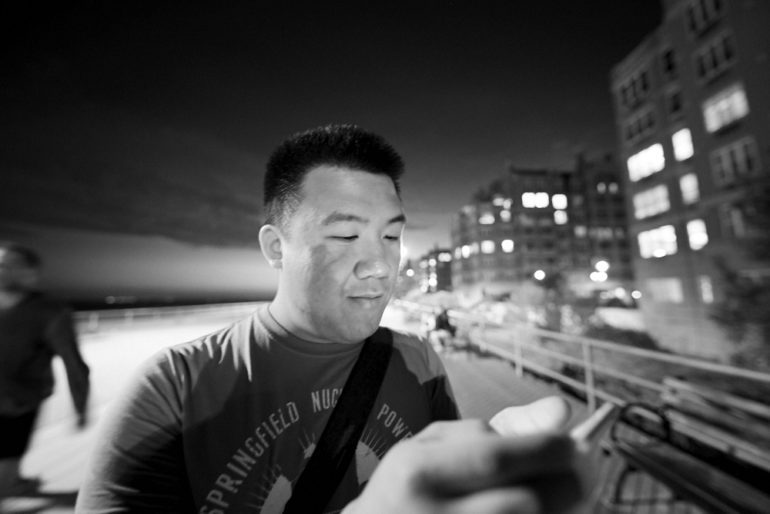
For a quick comparison, you can compare it to the two fast Sigma lenses offered in the ultra wide category. The Fujifilm is the equivalent of an 18mm f3. And it surely performs like it.
Chromatic Aberration
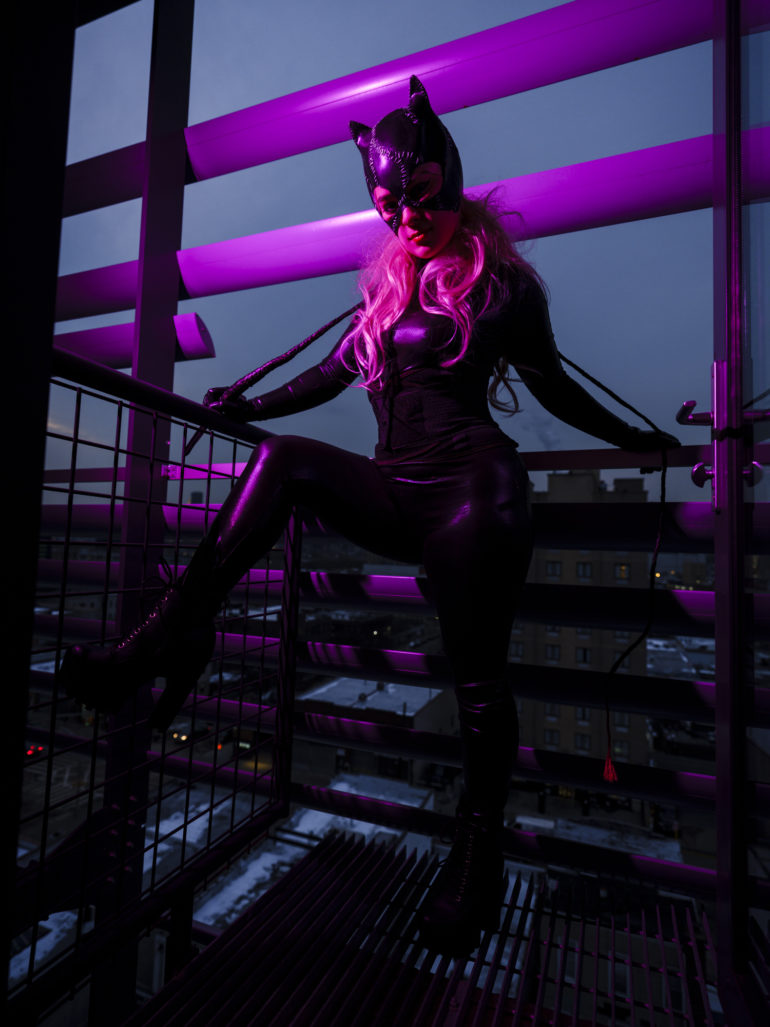
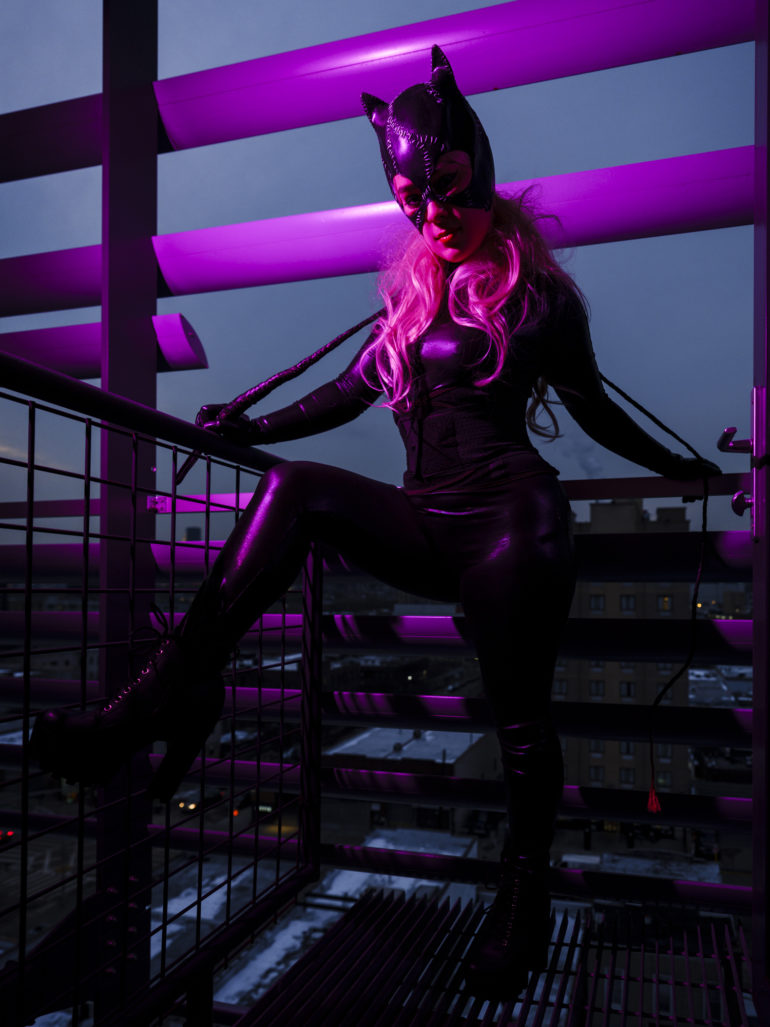
First off there isn’t any terrible purple or green fringing that I was able to find in the images. The Fujifilm GF 23mm F4 lens is solid in that regard. Where you’ll find issues though may be in the distortion. But again, it is a wide angle lens without having all the major distortion problems that most wide angle lenses are prone to due to it being a 23mm focal length. It gives off the field of view of an 18mm lens and that can be very fun to experiment with. Notice how the distortion correction is only really happening around the corners and that’s it. That’s pretty darned good!
Color Rendition
As always, colors for the Fujifilm system of lenses really depend on the camera that you’re using and therefore the film simulation. I don’t feel like a lot of the Fujifilm GFX’s simulations look like film as much as the X Pro 1’s; but that doesn’t mean that they’re not nice. In fact the colors are fantastic. At the same time, this lens isn’t too saturated as far as the colors go. If we’re comparing it to full frame 35mm lenses then it’s nowhere as saturated as Tamron, Sigma and Zeiss offer with their wide angle primes.
Sharpness
The Fujifilm GF 23mm F4 lens is a very sharp lens especially when the light output from a flash is added. It’s sharpest at f11 but even so you don’t always need that sort of sharpness. If you’re in more low lit situations, just grab a flash.
Extra Image Samples
Conclusions
Likes
- Keeps distortion relatively low
- Build Quality
Dislikes
- Still wish it had a faster aperture
The Fujifilm GF 23mm F4 lens is designed to be a workhorse lens. If you’re buying this lens and camera system, you’re most likely using it for documentary work or something that will pay the bills for it. Landscapes are one thing, but that would be more for the adventure photographer. As it is though, making money off of your landscapes is tougher than documentary work. This is indeed a workhorse lens and it offers the image quality that allows it to do so. If you’re using this lens though, I’d approach it with a very medium format style of working. A tripod would be nearly essential. So is flash. And for what it’s worth, I’m sure that it can bring you quite a nice income. Just remember, medium format is mostly for creating vs capturing. And the GFX system behind this lens is surely evidence of that for the most part.
The Fujifilm GF 23mm F4 lens earns five out of five stars.


